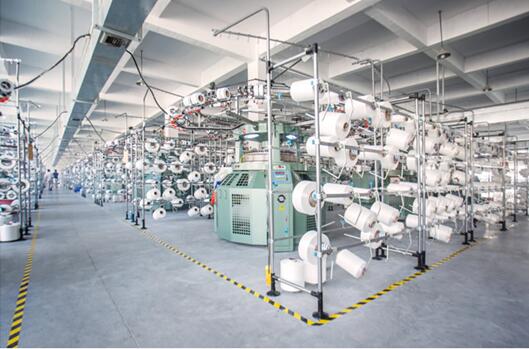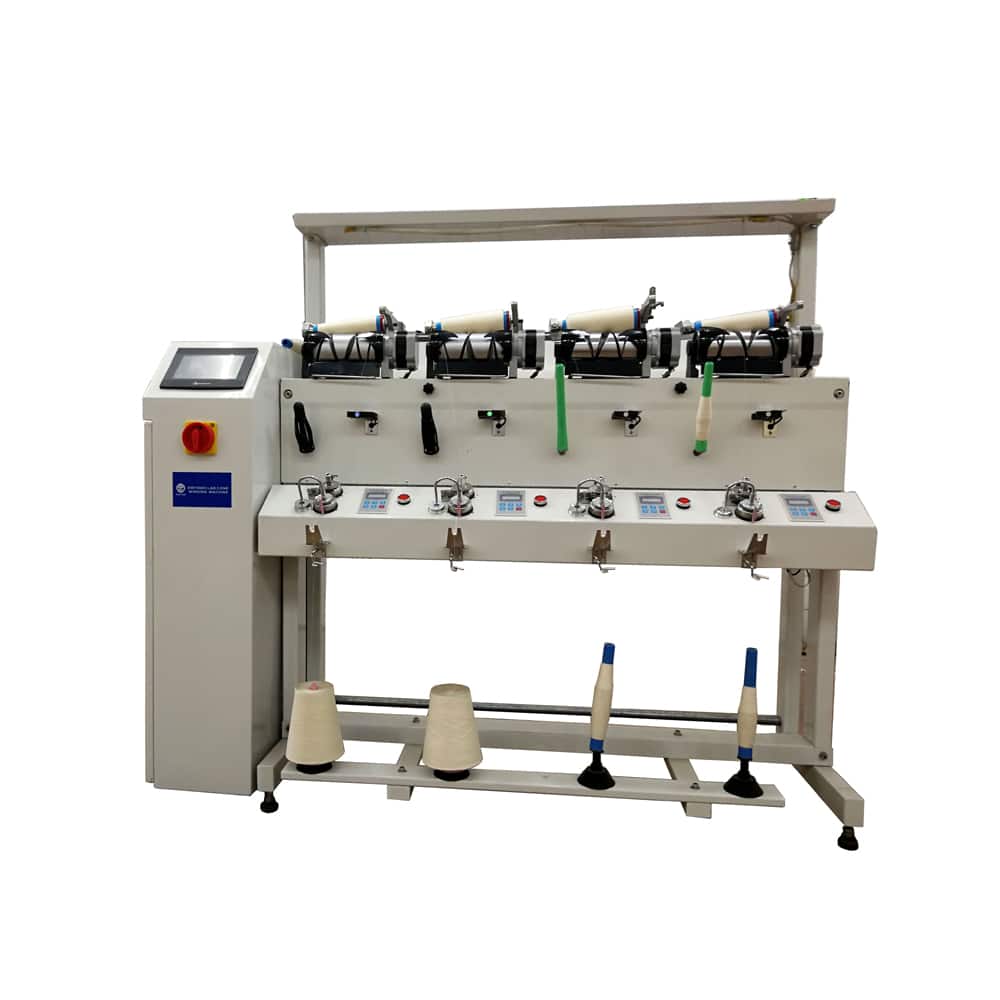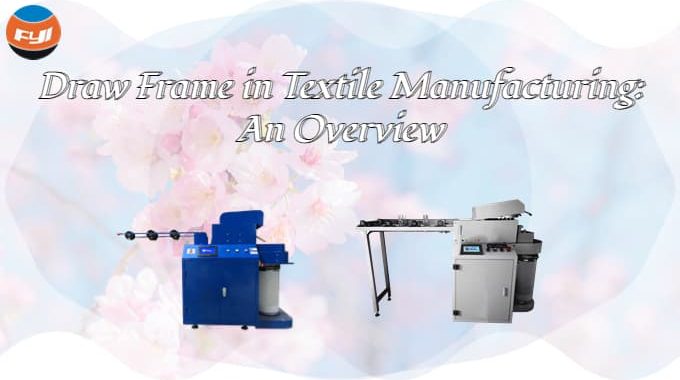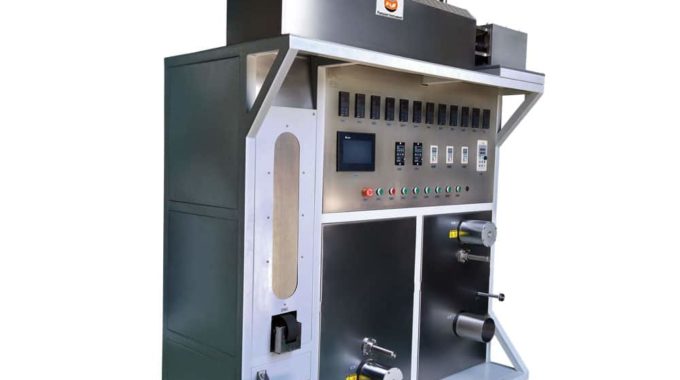
Cone Winding Machine Demystified: Your Ultimate Reference
Contents
What is a cone winding machine?
Cone winding is the first process of preparation before weaving, its task is to process the pipe yarn or hank yarn from the spinning department into certain requirements on the winding machine. As the last process of spinning and the first process of weaving, winding plays the role of “bridge”, so it plays an important role in the field of textile.

The speed of cone winding machine
The speed of cone winding machine should be determined according to the quality of yarn, the better the quality of yarn is, the less the deterioration of the tube yarn will be, on the contrary, the deterioration will increase; At the same time, the winding speed is closely related to the unwinding tension of the yarn, and the unwinding tension at low speed is smaller than that at high speed. In the whole unwinding process, large and medium yarn tension is relatively small, less unwinding, winding speed can be slightly higher, but when unwinding to the small yarn part, unwinding tension double, easy to produce unwinding, which also restricts the improvement of winding speed, so in the large and medium yarn should improve the speed, small yarn should be properly reduced speed, so that the actual speed of winding.
According to experience, when spinning medium and fine size varieties, we generally choose +30% as the starting speed change percentage of VSS system, 60% as the final speed change percentage, 70% as the change percentage. It can be seen that when spinning different number varieties, the speed and tension change with the change of number. The lower the number, the lower the speed and tension. This is because the yarn strength of fine gauge yarn is smaller than that of thick gauge yarn. If high speed unwinding is adopted, long detail yarn defects are easy to occur, which will deteriorate yarn quality and lead to deterioration of CV value, hairiness, strength and other indexes. In serious cases, there will be accidental breakage, resulting in the increase of yarn, and then affect the production efficiency of enterprises.
The choice of yarn winding speed also takes into account other factors, such as supply issues and the more important yarn index deterioration. Under normal circumstances, it is appropriate to keep the deterioration degree of CV value within 0.5%, and the -30% details of yarn should not exceed 200 /km, and this value will increase with the decrease of yarn size.
The objective of cone winding machine
Change the packing to increase the amount of yarn in the packing:
A larger bobbin is made by connecting smaller volumes of yarn (or hank) through a winding tube, with one bobbin holding the equivalent of more than 20 yarns. Bobbin can be used for warping, twisting, winding, dyeing, weft on shuttleless looms and knitting yarns. If the pipe yarn is directly used in these processes, the downtime will be too much, which will affect the improvement of production efficiency and product quality. Therefore, increasing the coiling capacity is a necessary condition to improve the productivity and quality of the latter process.
Remove the yarn defects and improve yarn quality:
There are defects and impurities in the yarns produced by cotton mills, such as thick knots, details, double yarns, weak twist yarns, knots and so on. The yarn cleaning device is used to check the yarn during winding, remove the defects and impurities affecting the quality of the fabric, improve the uniformity and finish of the yarn, so as to reduce the broken end of the yarn in the latter process and improve the appearance quality of the fabric. It makes the most sense for yarn defects and impurities to be removed during the winding process, as each bobbin works independently, allowing the others to continue working undisturbed while one bobbin deals with a broken end.
Types of winding machine
Ordinary yarn winding machine
It can be divided into pipe yarn feeding type, hank yarn feeding type and bobbin yarn feeding type. The pipe feed type is used in most situations, the Hank feed type is used only in the yarn-dyed preparation process, and the bobbin feed type is used in the inverted barrel.
At present, the common winder used by Chinese textile enterprises is domestic equipment, with slow speed (pipe yarn feeding type is generally 550-750 m/min, hank yarn feeding type is 140-160 m/min, bobbin yarn feeding type is 600-1 200 m/min), low output, low degree of automation, more labor, and average winder quality.
The yarn is unwound from the pipe yarn, leads to the guide plate through the yarn guide rod, then passes through the groove of the disk tensioner, the yarn clearing device and the tension rod leads to the groove barrel, and finally winds into a bobbin on the groove barrel.
Automatic yarn cone winder
The automatic yarn cone winder replaces manual operation with electromechanical integration operation, so as to realize the tube changing operation and the broken joint automation. Modern automatic winder has automatic tension control, anti-stacking, electronic yarn cleaning, anti-hair, fiber removal and other functions, through the touch screen to achieve man-machine dialogue, adjust the process parameters, real-time display of each single ingot quality state.
The components of the yarn winding machine
Yarn winding machine is mainly composed of bobbin transmission device, bobbin winding forming device, anti-stacking device, electronic yarn clearing device, yarn tension device, automatic speed regulating device, etc. Automatic winder is the latest generation of textile machinery which integrates machinery, electricity, instrument and gas. The pipe yarn is wound into a knotless tube yarn and defects are removed during the winding process.
The combination of automatic yarn cone winder and high performance electronic yarn cleaner shows the advanced automatic winder. In addition to the traditional automatic winding machine, most of it has no yarn position control, and in the process of capturing the yarn head, it depends on the time setting. After catching the yarn head, the excess setting time will make more length of yarn continue to inhale, on the contrary, if the setting time is too short, the success rate of catching head will be reduced. In order to optimize the control of yarn twist and reduce the amount of yarn back winding, the advanced modern automatic winder uses the sensor control technology of yarn head.
At present, all automatic winding equipment adopts frequency conversion motor and computer setting control. In the actual process, in order to ensure that the limit of low process requirements is not exceeded under bad conditions, the parameters of the winder are generally set to a high value. For example, the power of the working negative pressure main suction motor may account for half of the power consumption of the whole machine. If the effective control is not taken, the higher speed setting leads to the machine consumption is very large.

DW 7060H Lab Winding Machine

DW 7060H Lab Winding Machine is used in lab spinning procedure and lab cop dyeing. It is suitable for education, R&D, widely used in lab.
FEATURE:
- It can wind the spun yarn from bobbin plastic tube to cone tube;
- It is suitable for soft winding & hard winding;
- It supports uniform control for all the spindles and individual control for each spindle;
- The uniform control is through touch panel, the individual control is through micro-controller.
- Driven by brushless DC motor;
- The winding speed can be adjusted;
- Each spindle has auto-stop function when yarn breaks;
- Mini-type design, easy to clean, set and maintain;
KEY SPECIFICATION:
| Spindle number | 4 or specify |
| Bobbin number | Same as spindle number |
| Spindle speed | 100~800m/min, adjustable |
| Wobb range | 0~30% |
| Count range | 0~999,999, settable |
| Amplitude | ±5% |
| Duration | 3.0s |
| Power supply | AC220V, 50Hz |



We are truly fortunate to have discovered this exceptional blog. The depth of research and analysis presented is commendable, offering readers a wealth of knowledge and diverse perspectives on a wide range of topics.
Do take the time to read this well-researched and engaging blog post – it’s worth every minute.
I appreciate how the writer used a variety of credible sources to support their claims, making this article a trustworthy and reliable source of information.